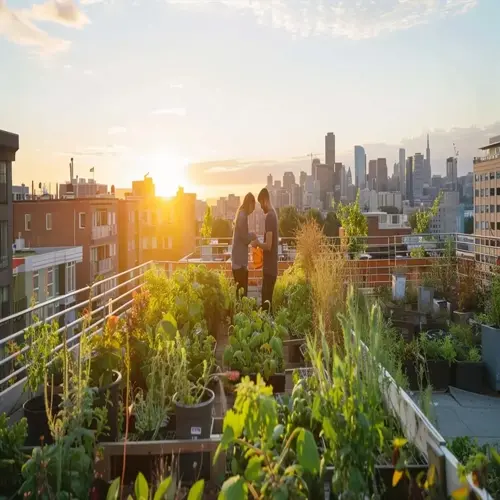How do I prepare soil for vegetables?

Written by
Nguyen Minh
Reviewed by
Prof. Samuel Fitzgerald, Ph.D.Proper soil preparation is the first step in establishing your thriving vegetable garden. I test drainage by digging a 12-inch (30 cm) hole and filling it with water. If it drains in less than 4 hours, you have soil structure for healthy roots. Heavy clay soil requires amendment by adding compost, which improves its texture and increases nutrient availability.
Drainage Assessment
- Perform percolation test measuring water absorption rate
- Ideal drainage: 1-4 inches (2.5-10 cm) per hour
- Improve slow drainage with coarse sand or organic matter
Nutrient Balancing
- Conduct soil test every 2-3 years checking NPK levels
- Leafy greens need higher nitrogen while root crops require phosphorus
- Use organic amendments like bone meal or composted manure
pH Adjustment
- Most vegetables thrive at 6.0-7.0 pH level
- Add lime to raise pH in acidic soils
- Use sulfur to lower pH in alkaline conditions
Organic Matter Incorporation
- Mix 3-4 inches (7.5-10 cm) of compost into topsoil
- Cover crops like clover add nitrogen when tilled under
- Mulch with straw retaining moisture and suppressing weeds
Modify the amendments to fit your particular vegetable needs. I add extra calcium to my tomatoes and avoid blossom end rot. Root crops like carrots, etc.: we apply bone meal as it is rich in phosphorus, to help root development. These vegetables, such as carrots, thrive best in a soil of 30% compost 60% native soil and 10% perlite to assure adequate drainage and fertilization.
Maintain soil fertility by planting cover crops and spreading mulch periodically. I sow winter rye in the fall beds to incorporate some organic matter when tilled in the spring. Munshi with three inches (7.5 cm) of straw that retains moisture and holds down the temperature to protect beneficial micro-organisms.
This week, perform a simple soil test. Buy an inexpensive kit to check pH and nutrients. I started with simple tests twenty years ago and transformed my poor clay soil into rich loam, yielding great crops. From the ground up, your garden's success is determined.
Read the full article: 10 Essential Vegetable Garden Planning Steps

